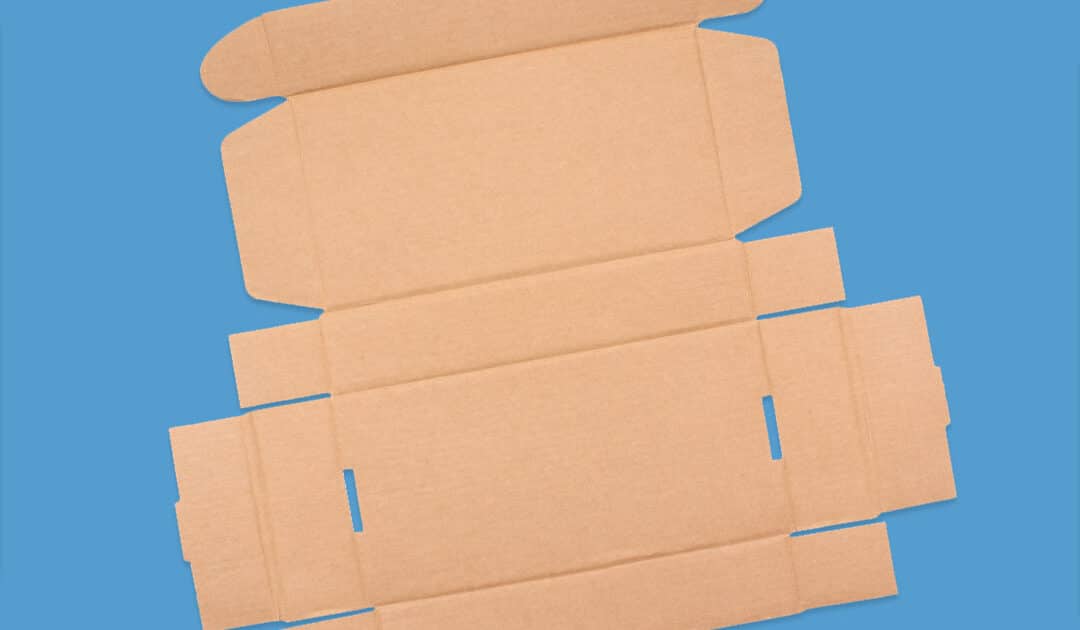Interested in a custom packaging solution? Looking for more information on our packaging products? Contact us by email, phone, or request a free quote below. We can’t wait to work with you.
Everything You Need To Know About Die Cutting

Have you ever wondered how packaging is able to reach you so quickly and efficiently?
While couriers play a key role in shipping materials to you quickly, a lot of the success in the packaging supply chain happens during the manufacturing stage. Like many high-demand industries today, the packaging industry is powered through innovative tools and technology that enable businesses to get even the most complex of packaging products delivered to them on time.
One process that helps many packaging manufacturers do this is die-cutting. In this article, we will look at what a die is and how the die-cutting process works. We will also examine different die-cutting methods and help you find out how you can make the most of this useful packaging technology. Read on to find out more!
What is a Die?
A die is a mechanized tool that cuts into a material to craft a particular shape. Consider a die to function like an industrial cookie-cutter, its blueprint or frame is used to turn materials into the shape they need to be assembled.
In packaging, dies are used to create the outlines for packages. For many packaging products, particularly those that are customized, a die needs to be uniquely shaped for it to achieve the desired result.
Essentially, die-cutting works by making a custom manufacturing tool (the die) and using that as a blueprint to apply on packaging material. This makes it highly efficient and significantly reduces the chance of any errors or dissimilarities between products of the same design.
Dies are definitely an investment in crafting quality, custom packages. Given that each die is unique to the package it is helping to shape, a die should not be seen as a cheap or easily accessible manufacturing tool. In the longer term however, it is very cost-effective as a single die can reliably produce tens of thousands of packages – making it an exceptional investment for suppliers and their buyers!
How the Die-Cutting Process Works
Now that we have explored what we mean by a die and die-cutting, let’s look a little closer at the die-cutting process itself.
Here is how the die-cutting process works:
1. The Die is Made
As noted earlier on, a die needs to be made in order for it to cut the precise packaging. A die may be a sharp blade, depending on the type of cut or outline desired. It can also be a laser-cutting machine that is given a particular set of instructions to follow via a computer. There are many types of different dies and each one is best used for a particular material and function.
2. The Packaging Outline is Made
One of the most common ways to create a packaging outline is through computer-aided design.
Known as CAD, computer-aided design technology is used to create an outline for the packaging. CAD is an incredibly useful tool because it allows technicians to precisely define a packaging outline that will be used in manufacturing. These digital instructions can then inform the die on what type of cut is needed and where to cut on the material.
3. The Manufacturing Components are Assembled
Die-cutting often uses sophisticated computer technology, but it can also be made by manufacturing components. While the die and the packaging outline are being created, any other parts of the die-cutter machine will be individually crafted too.
4. The Die Cuts or Scores the Material
Depending on the shape, design or manufacturing process of the desired package, the die-cutting machine will carry out tasks like completely cutting through the material or scoring it. Once complete, the material can then be further customized through printing and then be assembled.
The process can then quickly be repeated to make more packages, helping manufacturers maintain an efficient and automatic flow of packaging materials.
The Different Methods of Die Cutting
Having summarized how die-cutting works, we can now explore the different ways packaging manufacturers may use this technology.
Die-cutting can be carried out in various different ways, depending on the packaging design and material needed. As well as cutting entirely through the material, die-cutting machines may be used to do the following:
- Scoring – Scoring creates weak cuts or indents in a package, particularly common in food and beverage packaging that needs to be teared open. It may also be used in areas of a package that need an adhesive or for an aesthetic effect.
- Creasing – Creasing allows the sides of the paperboard to bend inwards and fold into the desired shape.
- Perforating – Perforating creates small holes in the material. Perforation allows part of the material to be easily detached or opened.
Obtain High-Quality Packaging Solutions for Your Business Needs with Crownhill Packaging
Overall, die-cutting is an efficient and reliable process that helps manufacturers quickly deliver packaging materials to their buyers.
If you are looking to obtain packaging materials that are consistent, affordable and high-quality, consider Crownhill Packaging. As a leader in the packaging industry, we have never settled for the status quo in how we deliver the very best packaging products and solutions to our clients. We proactively champion innovation and share our discoveries with our buyers, helping them get high-quality packaging products at an excellent price.
Contact us today to learn more about how our team can help your business level up its packaging strategy.









